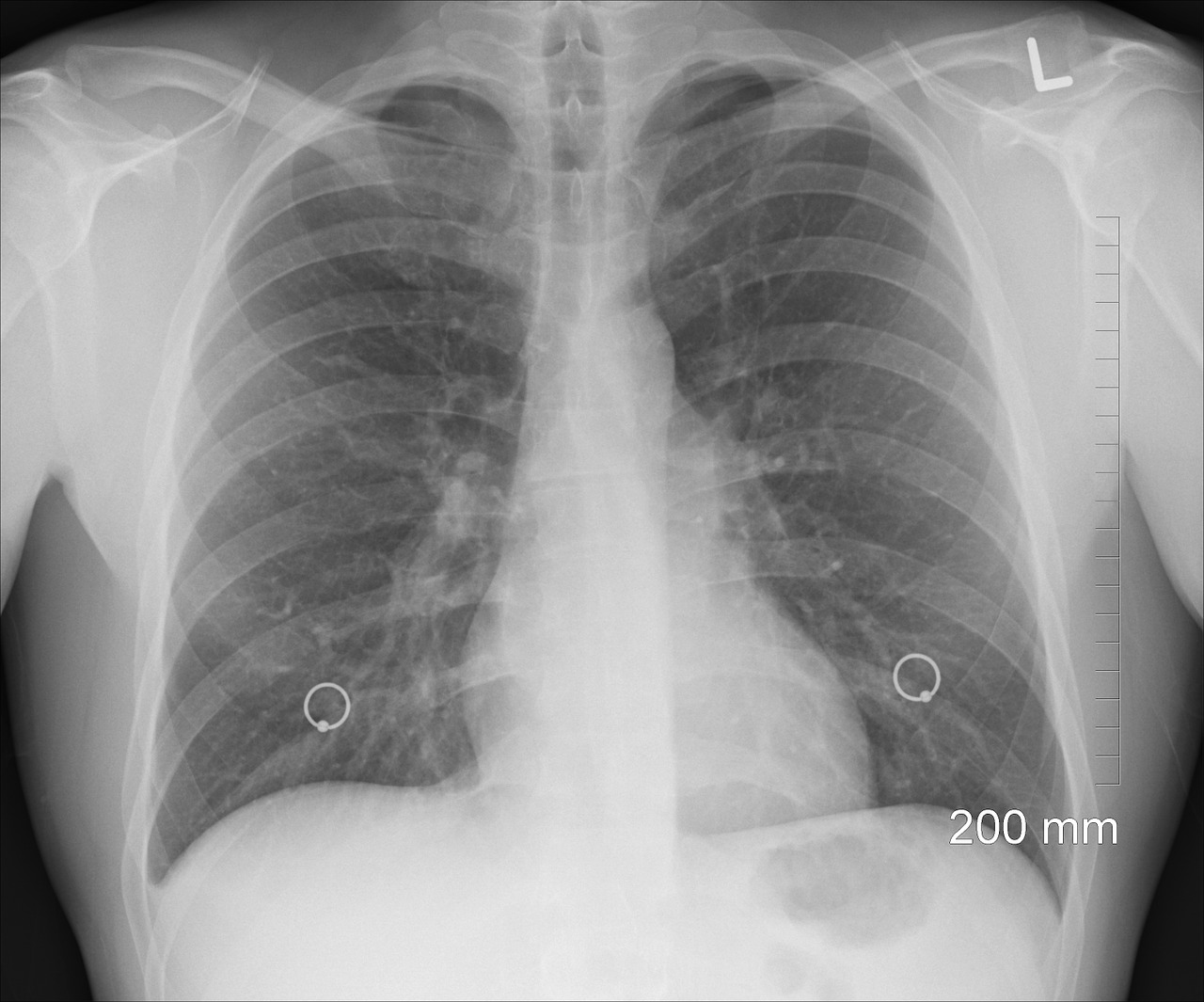With the recent passing of Supreme Court Justice Ruth Bader Ginsburg, who died from metastatic cancer that spread to her lungs, we have been reminded of the deadly toll that lung cancer takes upon our society. On this final day of Lung Cancer Awareness Month, we wanted to take this time to remind you that your choices matter.
While it is possible to develop lung cancer without any prior history of smoking, it is estimated that between 80-90% of lung cancer deaths are linked to tobacco usage. This fact alone indicates that lung cancer deaths are preventable to a considerable extent.
The statistical relationship between smoking and lung cancer is shockingly prevalent, as the CDC estimates that people who smoke cigarettes are 15 to 30 times more likely to develop lung cancer than non-smokers. Lung cancer is also extremely deadly, and it accounts for the largest proportion of cancer related deaths in both men and women.
However, now is not the time to give up hope.
America has made considerable progress in the fight against lung cancer—but there are new problems arising that must be addressed.
Smoking has decreased, but new causes of lung cancer are prevalent.
Deaths from lung cancer have significantly declined for two important reasons: The number of people who smoke cigarettes has decreased by nearly 70% throughout the past 50 years, and the use of early detection methods and new treatments for lung cancer have been critically effective.
These positive developments have led to a dramatic decrease in incidence and morbidity rates of lung cancer, but we are not out of the woods yet. While cigarette smoking has declined, many users have switched to the use of electronic cigarettes, also known as vaping. These e-cigarettes are not a significantly safer alternative to tobacco products. They commonly contain carcinogens, and many studies have shown a possible link between e-cigarettes and lung cancer.
There are other notable causes of lung cancer including indoor and outdoor air pollution. Outdoor air pollution has multiple contributing factors such as vehicle emissions, industrial sources, and natural pollution emitted by wildfires and volcanic eruptions.
The American Lung Association has indicated a direct correlation between outdoor air pollution and cases of lung cancer. The same is true of indoor air pollution, with many common sources including the emission of radon from naturally decaying rocks as well as domestic products that contain asbestos.
What can you do to best protect yourself from lung cancer?
- The American Lung Association recommends that every home should be screened for radon emission. There are many DIY kits that are inexpensive and easy to use.
- If your home was built before 1990, consider having your home checked for the presence of asbestos.
- Do not smoke cigarettes and do not use other tobacco products. Even if you have been a lifelong smoker, it is never too late to help your lungs by quitting.
- The American Cancer Society recommends yearly cancer screenings for people over age 55 who currently smoke or who have a history of smoking.
- Stay physically active. Physical activity can decrease your risk of developing lung cancer by up to 20%.
- Avoid areas that contain excess levels of air pollution.
We must not lose sight of the fact that most cases of lung cancer are preventable. The choice is therefore ours: clean or polluted air, cigarettes or healthy lungs. Which will you choose?
Our Her Nexx Chapter Community invites you to join us where women are connecting with each other’s stories, exploring different experiences, and transforming ideas.
The Future of Connection for Women
Follow us:







